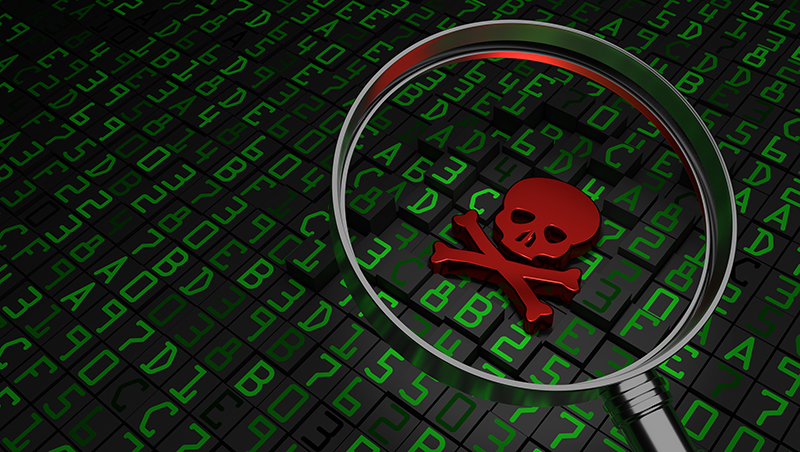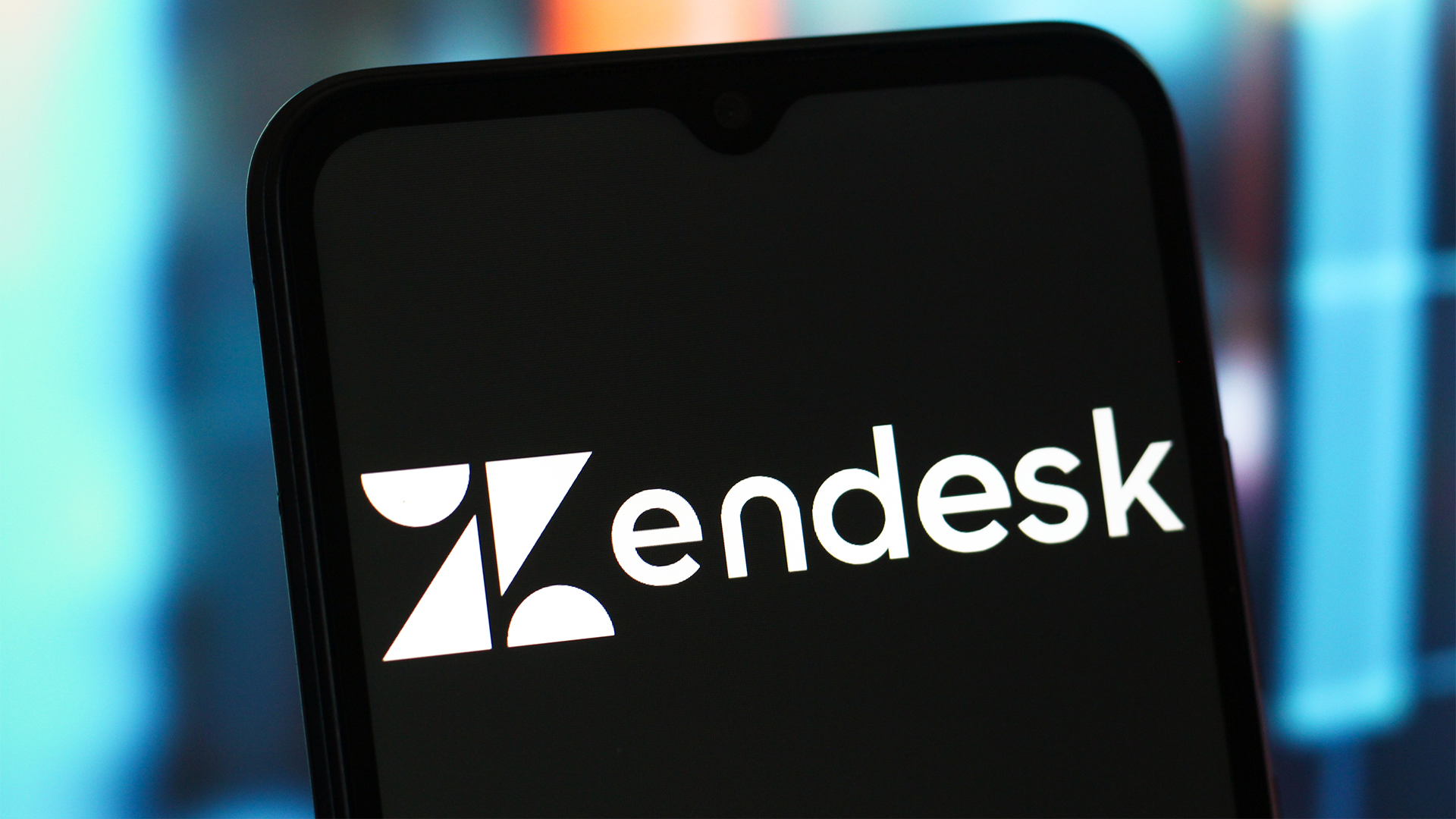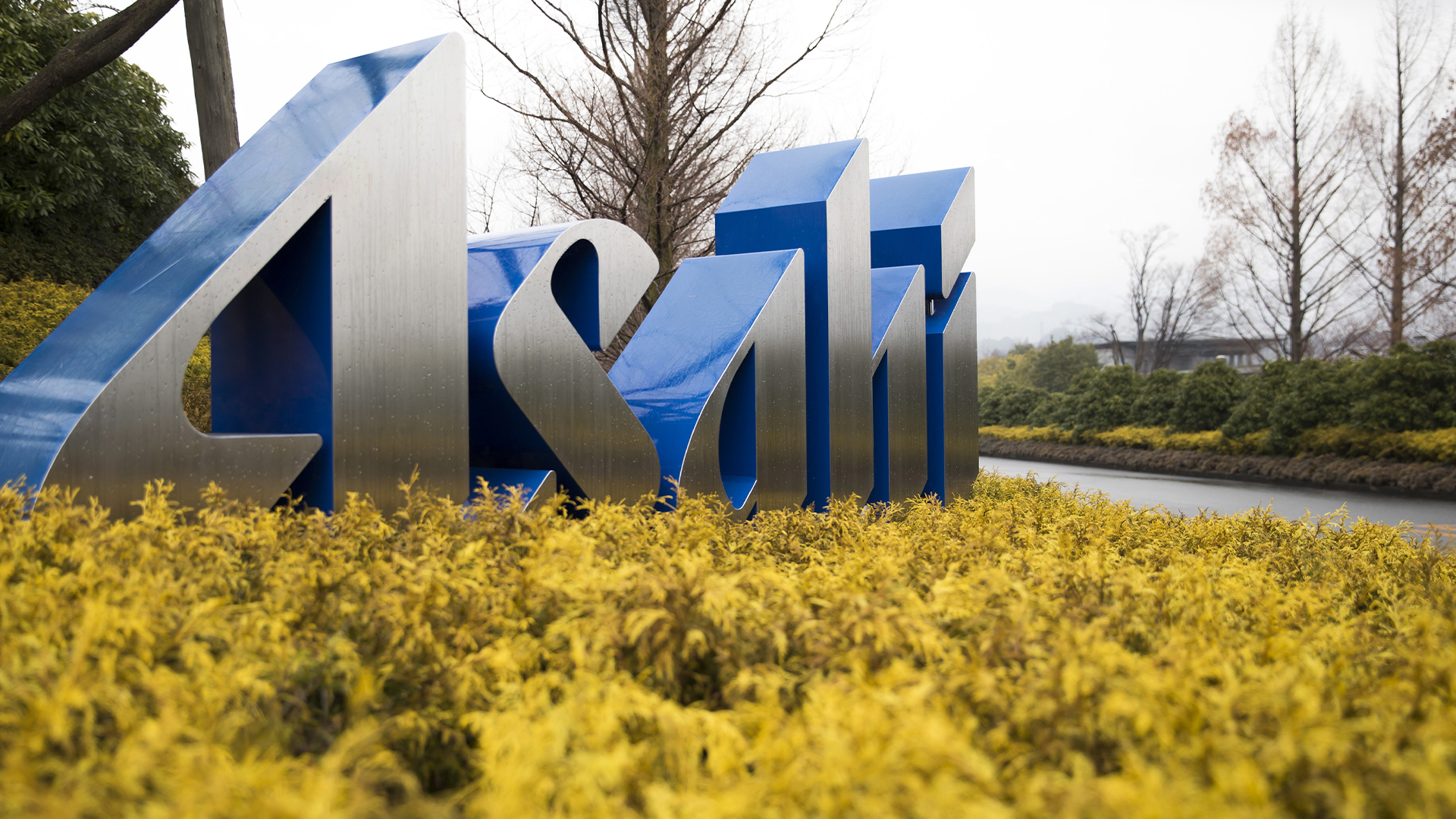Cerber dominates ransomware attacks against businesses
Windows 10 Enterprise customers are able to use threat detection features to locate 'patient zero' machines

The Cerber family contributed to the largest number of ransomware attacks against enterprise systems in 2016, according to Microsoft research.
Of the myriad of ransomware attacks over the course of the year, Cerber accounted for 26% of these, some 2,114 infections on systems using Windows 10 Enterprise operating systems.
Cerber was found to be particularly active in November last year when attackers using the ransomeware strain ran a campaign against businesses taking advantage of the holiday season.
Microsoft has said that thanks to its robust threat protection, Windows 10 Enterprise is able to recognise Cerber attacks before payloads could be delivered, breaking the chain of self-replicating attacks that would normally compromise an entire system.
Through Windows Defender Advanced Threat Protection (Windows Defender ATP), a bundled service which is otherwise a paid extra, enterprise customers are able to locate 'patient zero' machines and stop a ransomware epidemic before it takes hold.
Cerber typically operates by tricking a user into downloading a document to their downloads folder from an email. Once the document is opened, an embedded macro is triggered which launches a PowerShell command, which then connects to a TOR anonymisation website to download a ransomware payload.
In an example test of a customer running the initial macro, Windows Defender ATP was able to identify the PowerShell command and track the source IP address from the TOR site and block it in a firewall.
Sign up today and you will receive a free copy of our Future Focus 2025 report - the leading guidance on AI, cybersecurity and other IT challenges as per 700+ senior executives
"Windows Defender ATP generated at least four alerts during the infection process, providing a breadth of detections that helps ensure coverage for changing techniques between Cerber versions, samples, and infections instances," said Tommy Blizard, a researcher on the Windows Defender ATP team.
These alerts are built up using machine learning and extensive research of different ransomware instances and their related families, according to Microsoft.
With the upcoming Creators Update, Microsoft has promised to take "its capabilities one step further" by enabling the network isolation of any machines found to have issued this PowerShell command to receive payloads.
Ransomware families belonging to Genasom and Locky accounted for 14% and 11% of attacks respectively, while lesser-known variants Critroni and Troldesh made up just 6%.
In August 2016, security research firm Malwarebytes revealed that over 40% of businesses across the UK, US and Canada had been targeted by ransomware, with a 259% increase in exploit kits in the first five months of the year.
Dale Walker is a contributor specializing in cybersecurity, data protection, and IT regulations. He was the former managing editor at ITPro, as well as its sibling sites CloudPro and ChannelPro. He spent a number of years reporting for ITPro from numerous domestic and international events, including IBM, Red Hat, Google, and has been a regular reporter for Microsoft's various yearly showcases, including Ignite.
-
 Microsoft wants to replace C and C++ with Rust by 2030
Microsoft wants to replace C and C++ with Rust by 2030News Windows won’t be rewritten in Rust using AI, according to a senior Microsoft engineer, but the company still has bold plans for embracing the popular programming language
-
 Google drops $4.75bn on data center and energy firm Intersect
Google drops $4.75bn on data center and energy firm IntersectNews The investment marks the latest move from Google to boost its infrastructure sustainability credentials
-
 15-year-old revealed as key player in Scattered LAPSUS$ Hunters
15-year-old revealed as key player in Scattered LAPSUS$ HuntersNews 'Rey' says he's trying to leave Scattered LAPSUS$ Hunters and is prepared to cooperate with law enforcement
-
 The Scattered Lapsus$ Hunters group is targeting Zendesk customers – here’s what you need to know
The Scattered Lapsus$ Hunters group is targeting Zendesk customers – here’s what you need to knowNews The group appears to be infecting support and help-desk personnel with remote access trojans and other forms of malware
-
 Impact of Asahi cyber attack laid bare as company confirms 1.5 million customers exposed
Impact of Asahi cyber attack laid bare as company confirms 1.5 million customers exposedNews No ransom has been paid, said president and group CEO Atsushi Katsuki, and the company is restoring its systems
-
 The US, UK, and Australia just imposed sanctions on a Russian cyber crime group – 'we are exposing their dark networks and going after those responsible'
The US, UK, and Australia just imposed sanctions on a Russian cyber crime group – 'we are exposing their dark networks and going after those responsible'News Media Land offers 'bulletproof' hosting services used for ransomware and DDoS attacks around the world
-
 A notorious ransomware group is spreading fake Microsoft Teams ads to snare victims
A notorious ransomware group is spreading fake Microsoft Teams ads to snare victimsNews The Rhysida ransomware group is leveraging Trusted Signing from Microsoft to lend plausibility to its activities
-
 Volkswagen confirms security ‘incident’ amid ransomware breach claims
Volkswagen confirms security ‘incident’ amid ransomware breach claimsNews Volkswagen has confirmed a security "incident" has occurred, but insists no IT systems have been compromised.
-
 The number of ransomware groups rockets as new, smaller players emerge
The number of ransomware groups rockets as new, smaller players emergeNews The good news is that the number of victims remains steady
-
 Teens arrested over nursery chain Kido hack
Teens arrested over nursery chain Kido hacknews The ransom attack caused widespread shock when the hackers published children's personal data